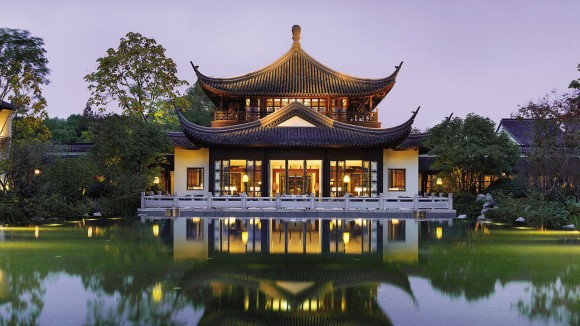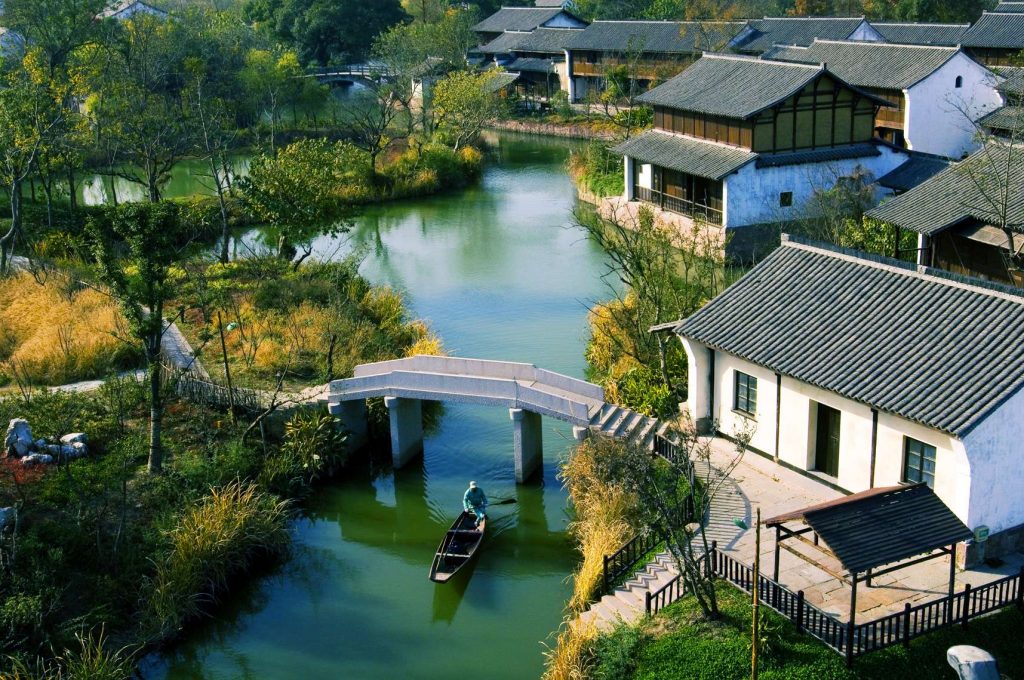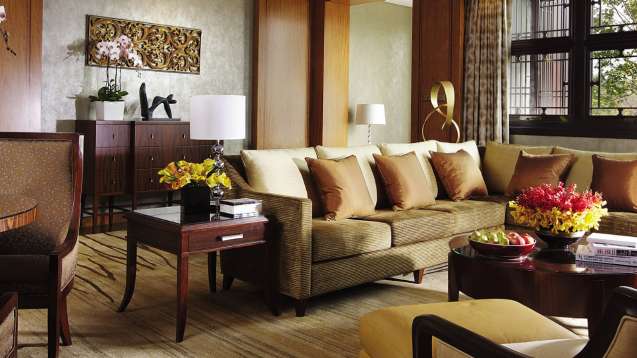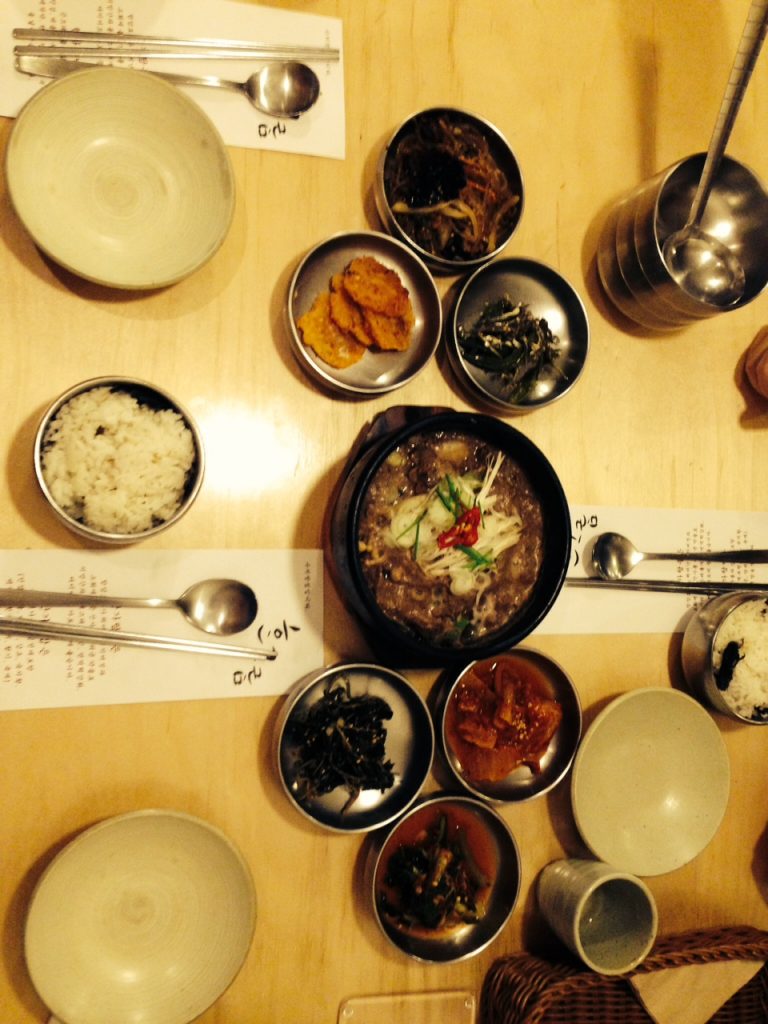
Destination China – Ni hao, my liitle China Girl.
Contributed by Norman Miles
Easy to walk along the Qiantang River, a dramatic vista near the west lake. It is fantastic to explore Hangzhou’s natural surroundings. Hangzhou, the capital of Zhejiang Province (located 200 kilometers southwest of Shanghai), is one of China’s major ancient cities in the country famous for its splendid natural scenery and historic relics. Its most popular site is the West Lake, also a UNESCO World Heritage Site.We went also to Longmen Ancient, 40 km away from the Hangzhou city center. This place is famous for its well-preserved architecture of the Ming and Qing dynasties.The town was named after the nearby located Longmen Mountain. Longmen Ancient Town was said to be the hometown of Sun Quan, the emperor of the Three Kingdoms state of Wu during the third century.
Funny story all the people more than 90% in the city are surnamed Sun and are said to be the descendants of Sun Quan. The two ancestral halls of the Sun family make up the main architectural site of the town.There are in total more than 40 halls, three decorated gateways, one pagoda and one temple. The lanes and alleys are all interconnected, turning the whole town into one big maze. It is easy to get lost.

We checked in @ Four Seasons, a 5 star luxury hotel, in Hangzhou. The Four Seasons is a fantastic place, you get spacious guest rooms (start at 63 square meters) and a touch of the Qing Dinasty.
Most of the hotel is inspiring, the rooms open to a terrace conservatory and boast stunning views of the forest glades, traditional gardens or alluring West Lake.
I love it.
A place with 81 guest rooms – including five suites or one of three opulent, residential-style villas for families and larger parties. A nice decor blends centuries of Chinese tradition with chic designer style and seamlessly incorporates the latest technology for business and entertainment.
The demand for English-speaking staff was a bit of a problem for luxury hotel chains in China but thats the past. The Four Season was obviously very selective in hiring decisions and recruited the staff more than two years ago, taken only one of ten candidates, they prefer fresh ‘people without any experience in the hospitality industry because they want to train the staff themselves.
In addition to this, the location at the historic West Lake is absolute stunning, the hotel is listed by UNESCO as a World Heritage Site.
In contrast to most five-star hotels in the west, the hotel sees no need in name-dropping prominent guests. Discretion is very important, which is obviously appreciated by the appropriate clientele, otherwise practically priceless villas would not be so well posted on the site.
The architecture is defined as “Nan Jing”, a traditional regional style with pagoda-like roofs, as they were popular during the Song, Ming and Qing dynasties. The resort consists of low-scale buildings. They are connected by covered ways with each other, through a lovely water garden. Using natural materials and precious water games they created a contemporary interpretation of Chinese traditions.
Our resto tip: “Jin Sha”
Jin Sha means “golden beach” and refers to a historical location, We felt this resto as a vital sign of China’s high-end hotels. Based on their own, Chinese culture, great emphasis is placed on a courteous service and culinary creativity under the influence of Western principles. The Western-style dishes come one after the other, not both, as otherwise customary in China. The cuisine has lots of local influences. Optical remember the dishes by Chef Chan Tan Chwee to the French haute cuisine. Our appetizer platter was a good start, flavorful and visually. We had fish, sweet lotus root, sticky rice.
Next to it tea-smoked egg on top of caviar and again seabass.
Love it.
Photos: Hangzhou Tourism, Nigel M. & Jens Hoffmann




